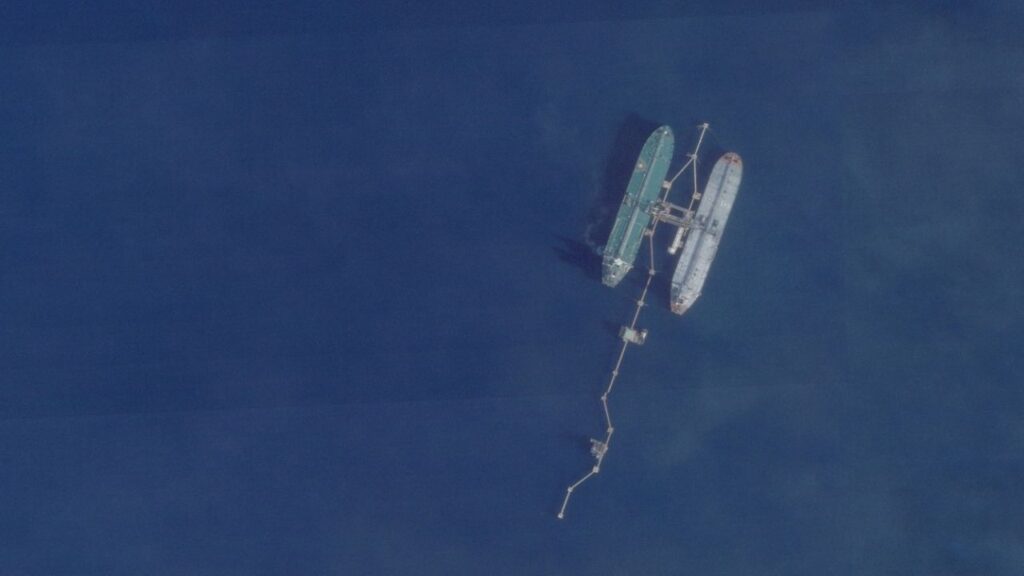Share
WASHINGTON — The Federal Reserve and the European Central Bank moved Thursday to try to calm financial markets and restore some degree of confidence. It didn’t quite work. The central banks are facing a crisis only partly responsive to the medicine they can provide.
Decidedly unimpressed, traders sent the stock market into its worst plunge Thursday in more than three decades.
The primary tools of central banks — lower interest rates and easier access to credit — aren’t well-suited to address a crisis caused by a pandemic that has frightened consumers away from traveling, shopping or gathering in group settings. Economists are increasingly calling for governments to take the lead, through targeted loans to businesses, greater help for cash-strapped workers — particularly Americans without access to sick leave — and support for virus testing and other health measures.
On Thursday, the Fed unveiled a massive short-term lending program to try to help smooth trading in U.S. Treasuries. Through the Federal Reserve Bank of New York, it will provide at least $1.5 trillion on Thursday and Friday for banks that are willing to swap short-term Treasury securities for cash. An additional $500 billion will be made available Monday.
The program will continue at about $1 trillion per week after that. The lending won’t all be cumulative. The loans will be paid back after one and three months.
Many Economists Now Expect the Fed to Slash Its Benchmark Interest Rate
And not all the money will necessarily be lent. It depends how much banks decide to borrow against the available funds.
The Fed also said it will broaden its $60 billion Treasury purchase program, launched last fall, from just short-term bills to all maturities, including 30-year bonds.
Both moves were a response to signs that the bond market was buckling under the strain of skyrocketing demand for Treasuries, which are widely considered the safest assets in the world. The jump in demand appeared to be outpacing supply. That pressure boosted the yield on the 10-year Treasury to 0.79% by Thursday afternoon, up from 0.68% two days earlier. Normally when stock markets plunge, bond yields also fall as investors buy more of them. Yields move in the opposite direction of prices.
The market for the 10-year bond affects the broader economy because it influences borrowing rates for homes, credit cards, and other interest rates in the U.S. and overseas. Because investors are confident the U.S. government would never default on its debt, the bonds issued by the government are used to price every other asset. The U.S. government debt market is the largest single pool of investment assets in the world.
“When that has some disruptions, watch out, that’s really worrisome,” said Kathy Bostjancic, chief U.S. financial economist at Oxford Economics.
Given the scope of the Fed’s action Thursday, many economists now expect the Fed to slash its benchmark interest rate by a full percentage point, to nearly zero, at its policy meeting next week. It may even launch a large bond-buying program intended to further lower interest rates. This would be similar to programs the Fed undertook during and after the financial crisis that were dubbed “quantitative easing.”
The Coronavirus Is Presenting a Very Different Challenge
Still, the reaction in the markets suggested little faith that the Fed’s moves would do much to restore the confidence of investors and consumers in the face of travel disruptions, event cancellations and business closures. Some analysts said that governments in the U.S. and Europe needed to do more through tax and spending policies.
Earlier in the day, the ECB deployed targeted new stimulus measures to cushion the shock to the economy from the virus outbreak. But Christine Lagarde, the ECB’s president, said that monetary policy couldn’t do it alone and called for a “decisive and determined” response from governments. Lagarde said the economy was facing a “major shock” and that the central bank measures unveiled Thursday were “almost surgically” aimed only at areas where monetary policy might help.
More than a decade ago, central banks around the world slashed rates and began pumping trillions of dollars into banks to combat a global financial crisis. The coronavirus is presenting them with a very different challenge. The central banks in the U.S., the eurozone, Canada and Britain have all deployed stimulus. The Bank of Japan is signaling it is ready to act and monetary authorities in Australia, Indonesia and Malaysia have cut rates.
Authorities are putting major economies, businesses and travel on lock down around the world, dimming prospects for the global economy. Consumers are starting to cut back on their spending in the U.S. and around the world.
Europe’s top monetary authority didn’t cut rates as investors had hoped — evidence that monetary policy is running low on ammunition with rates already very low. The ECB’s key policy rate on bank deposits is already at a record-low minus 0.6%.
RELATED TOPICS:
Categories

Fresno Highway Connector Closed Due to Flooding

Steam Down for Thousands of Users, Downdetector Reports

$1.7 Billion Powerball Jackpot Offers a Chance at a Festive Fortune

Oil Steady on US Data, Geopolitical Tension

Heavy Rain Sparks Semi Crash in Merced County














